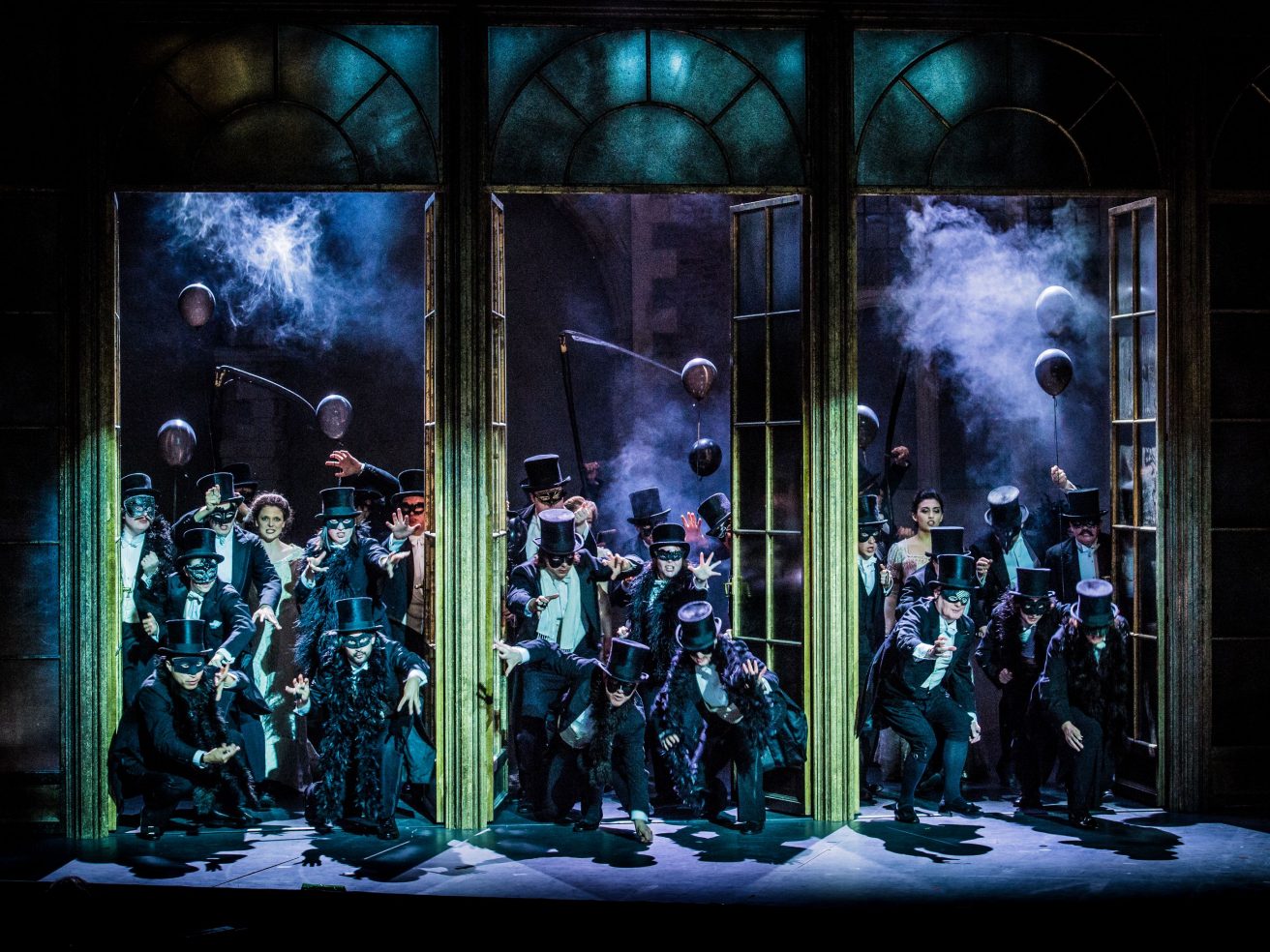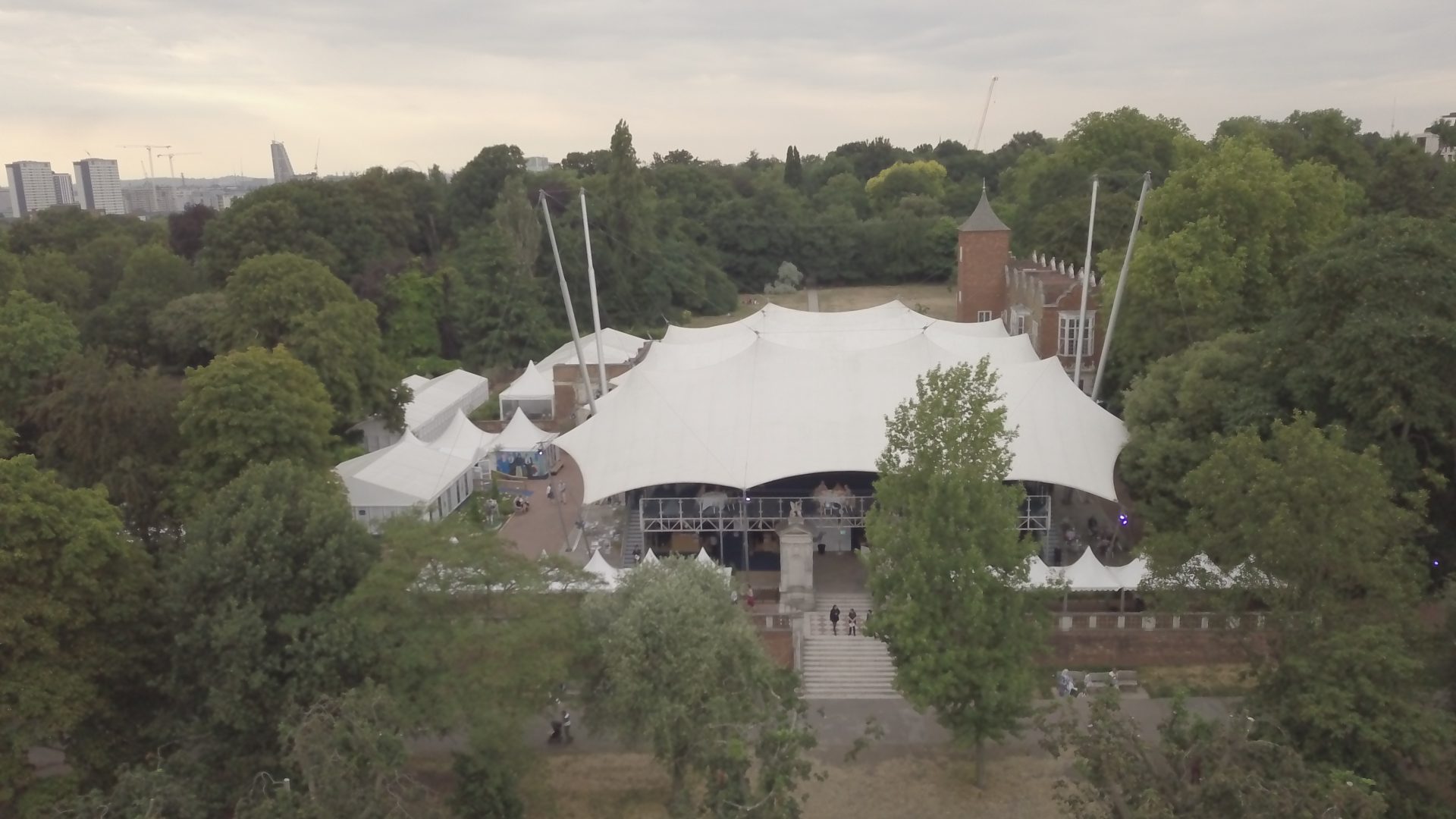Laima Arlauskaitė is a photographer and the creator of the 2023 Season Artwork. Originally from Lithuania, she works throughout the UK, France and Lithuania, and was a winner of the Portrait of Britain 2021. On the release of the 2023 artwork, we spoke to Laima about her process behind the project and the origins of her interest in photography.
Can you tell us about your role at OHP this year?
This time round it is wildly different from my previous life with Opera Holland Park as Events Manager, seven summer seasons to be precise. After taking some time off to redraw both personal and career trajectories, I am returning to OHP as a photographer. I was offered the challenge of creating the key photographic visuals for the 2023 Season. Naturally, I accepted.
Where did your interest in photography begin?
The source must be our family photo album, multiple tomes of it in fact, back home in the suburb of Šeškinė in Vilnius, Lithuania. I emigrated to the UK almost 14 years ago, and I still dive into it every time I go home for a visit. My way of seeing it has obviously been changing with time and distance that have gone by. But one thing that remains the same is a degree of potent nostalgia which informs a lot of my work.
I never really had any formal/academic training in photography or visual arts. My father gave me his old Zenith camera, I must have been twenty years old or so, and I started taking pictures of my surroundings. That was also around the same time my sister, who (luckily) is a researcher of literature, visuality and film, introduced me to Sebastiao Salgado’s portrait of Worker resting, Covered in oil, made in Kuwait in 1991, and that kind of made me wander in the multiverse of photography in all kinds of new ways. I still remember our conversation. I moved to London shortly after, where easy access to art galleries, museums, a very active creative community and more conversations with my sister fuelled what was to become a photo-obsession further.
How did you prepare for this project?
Well, I read a lot of libretti, listened to a lot of opera, and thought about the language of things. I decided early on that I would try to translate each opera into a still life and I was really excited when OHP’s team accepted the proposal. I happened to be in a very rural part of France during some of the preparation time, so I frequented a number of local brocantes in search of suitable hero props. Finding a perfect birdcage or the right taxidermy bird is no joke.
What aspects of this project have you enjoyed the most?
I really enjoyed the trust and the freedom I was awarded by OHP. I think that is really important to any creative process. I always savour the research part of a project, as it opens up other possible realities. In retrospect, I also enjoyed being quite uncomfortable with this commission. The nature of it required creating multiple visual pieces, each of which had to work as a standalone artwork and rhyme with the others. They also had to both represent and function independently of the productions’ general creative direction, as more often than not the creative team confirms the concept and puts it to action much later in the overall production cycle. The commission required quite a layered logic, and I truly enjoyed the opportunity of exercising it.
How do you tell stories through the medium of photography?
There isn’t one formula as it really depends on the story and the intention of telling it. Having said that, there are commonalities in my approach. I think I tend to treat most stories as mysteries or riddles. That probably reverberates in the stories I choose to pursue or portray. Ideally, I try to spend a sufficient amount of time researching the subject matter. The more I do so, the more clues I find to aid me in this quest of constructing a piece. Equally, the more information I have the more precise I can be in articulating the questions I’m trying to address. I don’t think I tend to try and find answers. I tend to piece my evidence together in an order which is sufficiently suggestive, yet leaves enough space for ambiguity. Mine or the viewer’s. I guess it’s like a detective case that is never completely solved.
Do you see any parallels or similarities between photography and opera?
Absolutely yes. They tell stories and have the capacity to take the viewer to another place entirely. I think they share similarities in the way they can be both created and experienced. Photography to me is a medium that requires the engagement of all the senses, and so does opera as a multidisciplinary artform in its nature. I guess it’s quite a synaesthetic relationship between the two.
Is there something surprising about this project that you didn’t expect?
The time an imagined still life requires to be photographed. The right angle of an object, a perfect fraction of a movement in a fraction of a second takes a lot of time. Note to self – next time allow for an extra day or two at the studio!
Do you have any projects coming up?
Yes, a few, I like to keep myself busy. Some commercial, editorial and private commissions are in the pipeline, mostly portrait and documentary work. I am also working on two personal projects, one of which heavily relies on photographic archives of female Scandinavian magicians and the other hopefully takes me to Japan. I am not going to reveal what these are just yet, but I can say that at the moment they are both in the research and pre-production phase, which currently entails writing a lot of funding proposals.
To learn more about Laima and her work, visit her website here


